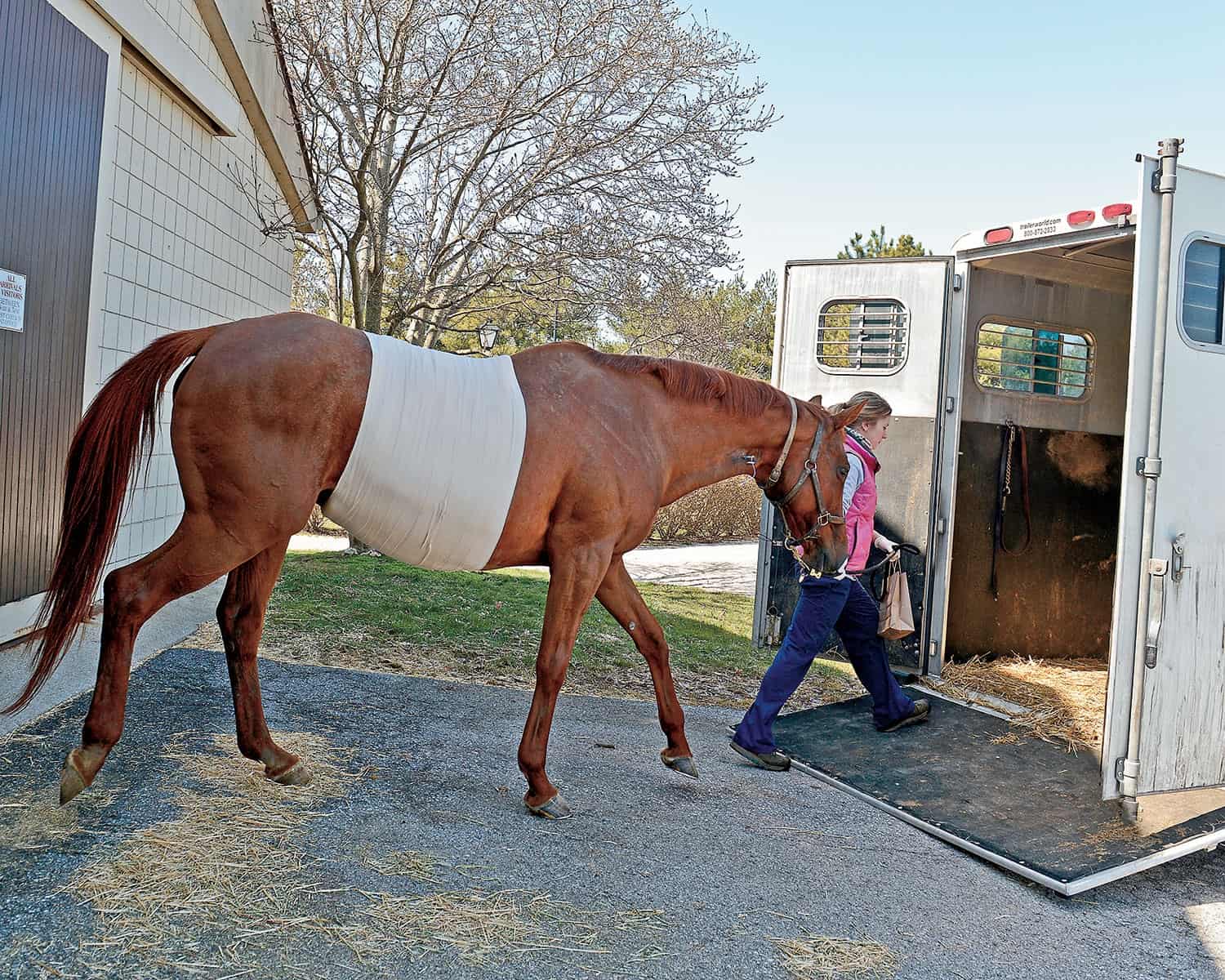What to Expect After Colic Surgery

Colic surgeries are common procedures in equine veterinary medicine, but do you know what to expect after your horse recovers from anesthesia? Equally as important as knowing whether you should send a horse to surgery is understanding what to prepare for once he’s back in his own stall.
Louise Southwood, BVSc, MS, PhD, Dipl. ACVS, ACVECC, reviewed what to expect following colic surgery at the 2015 World Equine Veterinary Association Congress, held Oct. 8-10 in Guadalajara, Mexico. Southwood is an Associate Professor of Emergency Medicine and Critical Care at the University of Pennsylvania School of Veterinary Medicine’s New Bolton Center, in Kennett Square.
After a horse makes it through surgery, the recovery process begins. Southwood said she generally administers antimicrobials for 24 hours after surgery and non-steroidal anti-inflammatory drugs for three to five days to help prevent infections and keep the horse comfortable, respectively
Create a free account with TheHorse.com to view this content.
TheHorse.com is home to thousands of free articles about horse health care. In order to access some of our exclusive free content, you must be signed into TheHorse.com.
Start your free account today!
Already have an account?
and continue reading.

Written by:
Erica Larson
Related Articles
Stay on top of the most recent Horse Health news with















